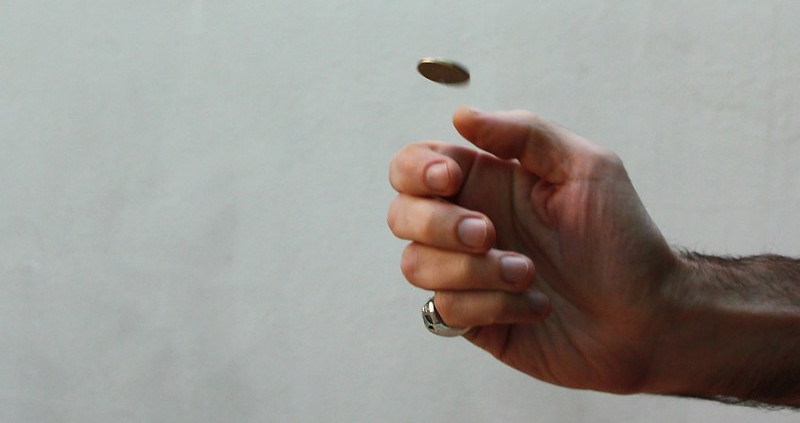
South African statistician J.E. Kerrich’s 1946 textbook An Experimental Introduction to the Theory of Probability has an odd origin: Kerrich happened to be visiting Denmark during the Nazi invasion of 1940, and the Danes agreed to intern him, along with other British citizens, to prevent their being taken to Germany. While in confinement he tossed a coin 10,000 times and recorded the results, and he wrote up his analysis afterward in the book.
For the record, it landed heads 5,067 times.
